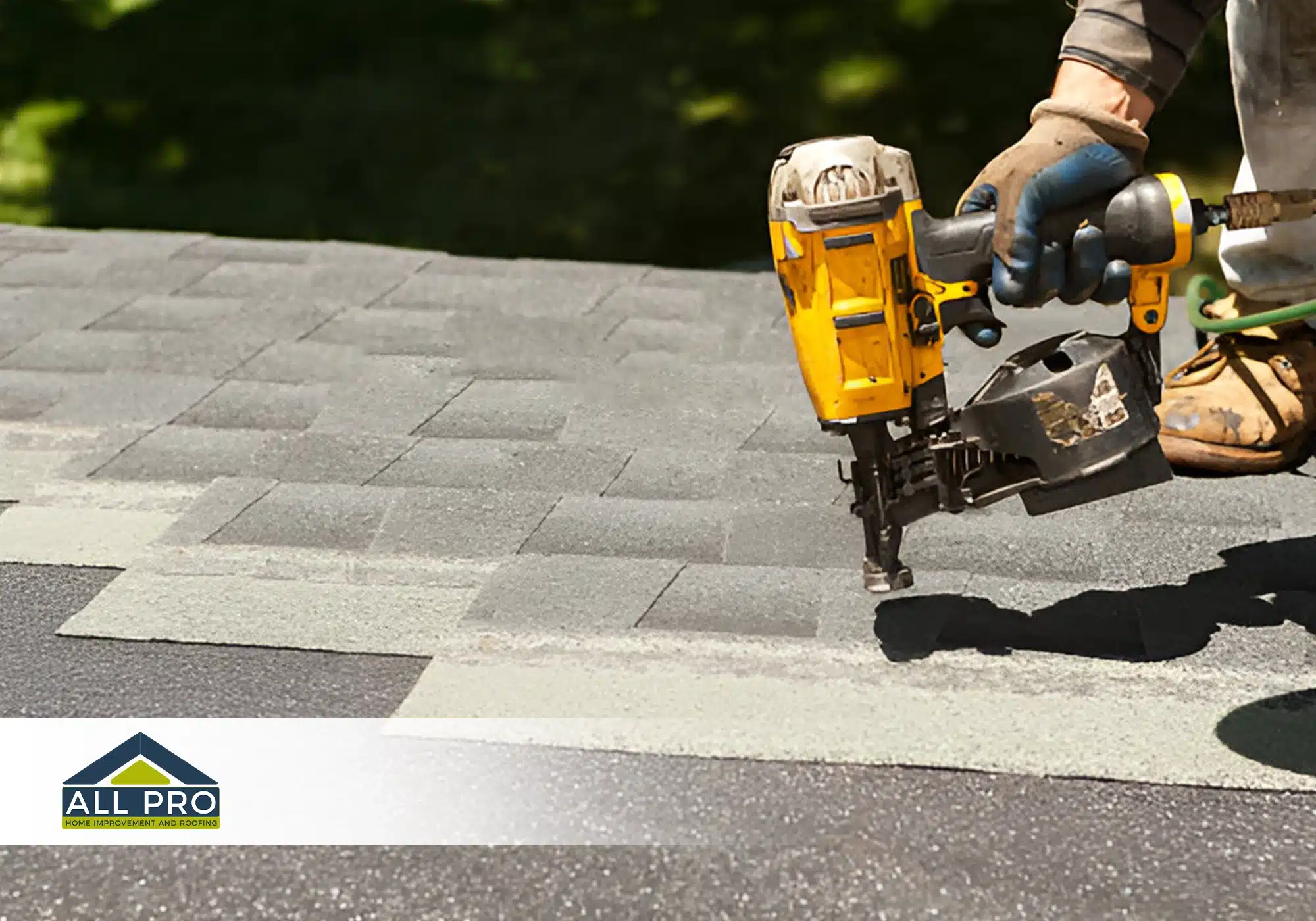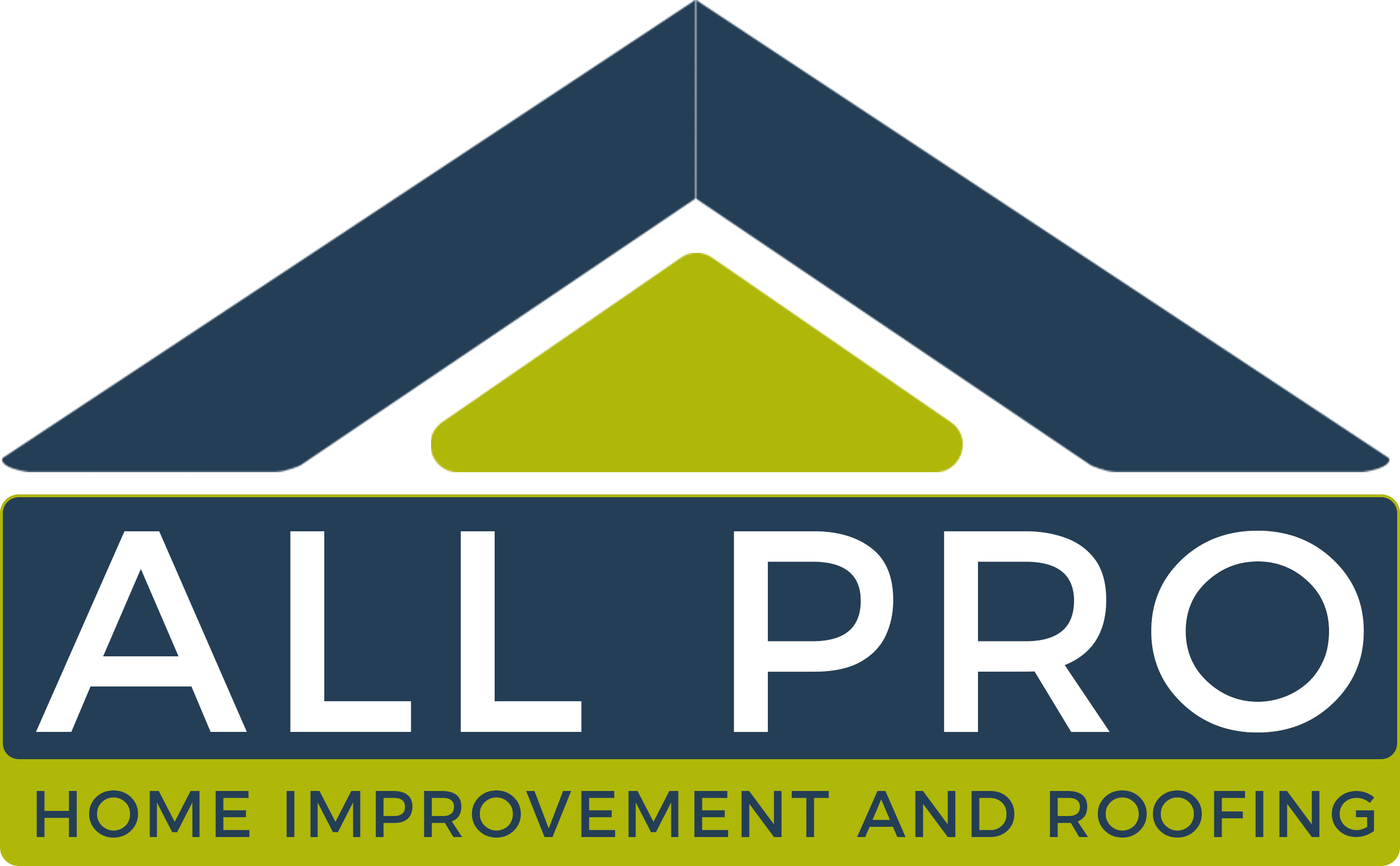
At All Pro Home Improvement and Roofing, we specialize in top-quality roof installation services tailored to meet the unique needs of each homeowner. Our experienced team understands that a sturdy and well-installed roof is essential for protecting your home from the elements while enhancing its curb appeal. Whether you’re looking for asphalt shingles, metal roofing, or eco-friendly options, we provide a comprehensive consultation to help you choose the right materials that fit your style and budget. With a commitment to excellence and customer satisfaction, we ensure that every installation is executed with precision and care, giving you peace of mind that your investment is built to last. Trust All Pro Home Improvement and Roofing to keep your home safe and looking great for years to come!
When embarking on a roof installation project, ensuring safety should be a top priority. Proper use of ladders is crucial, as falls are among the most common accidents during roofing work. Workers should inspect ladders for stability before climbing and maintain three points of contact. The roofing area must be free of debris, which can create tripping hazards. It is also advisable to establish a designated safety zone around the workspace to prevent accidents from passing traffic or people.
Wearing appropriate safety gear plays a vital role in protecting workers. Helmets shield the head from falling objects, while non-slip footwear prevents slips on steep surfaces. Harnesses should be used when working on high or sloped roofs to reduce the risk of severe injuries from falls. Additionally, a thorough understanding of weather conditions is essential; strong winds or rain can make roofing unsafe. Being mindful of the temperature can also influence safety when working with materials like asphalt shingles and adhesive, which can behave differently under extreme conditions.
Roofing tasks often involve working at heights and handling various materials, making it essential for roofers to wear appropriate safety gear. A hard hat protects against falling debris, while safety glasses shield the eyes from dust and sharp objects. Gloves made of durable material provide grip and protect hands from cuts. Sturdy, slip-resistant footwear is crucial for balance, especially on steep pitches.
In addition to basic protective equipment, specialized items enhance safety during roofing projects. Harnesses and lanyards help secure workers to prevent falls, which is vital on high roofs. Knee pads are beneficial when working on the ground or supporting oneself on sloped surfaces. Wearing high-visibility clothing can also improve safety by making roofers more noticeable to others on the job site, particularly in high-traffic areas.
Visible wear and tear on a roof is often the first indicator of potential damage. Cracked, curled, or missing shingles can compromise the integrity of shingle roofs. Architectural shingles may show signs of warping or peeling due to environmental damage. It's important to inspect the exterior after heavy snowfall or strong storms for signs of distress. Water stains or leaks in the home often point to issues above.
Other indicators include the presence of granules in gutters or at the foot of downspouts, which may suggest shingle deterioration. Discoloration on walls or ceilings could signal water ingress. Homeowners should also watch for sagging areas along the roofline, as this can indicate rotting rafters or joists. Regular assessments through a checklist can help identify problems before they escalate, ensuring that repairs do not disrupt roofing safety and effectiveness.
Regular inspection of roofing materials can significantly contribute to early detection of issues. Look for missing, warped, or damaged roofing shingles, which can compromise the integrity of the roof. Signs of water infiltration, such as leaks or discoloration on the interior drywall, should prompt immediate evaluation. It’s also essential to check the condition of underlayment materials like roofing felt or tar paper, as deterioration here may lead to larger problems down the line.
Observing the gutters can provide valuable insights into the roof's health. Clogged gutters may result in water backup, leading to potential damage. A thorough examination of seams and flashing around chimneys, vents, and skylights is necessary to ensure water doesn't penetrate these areas. Additionally, watch for rust or corrosion on metal roofs and any cracking or shifting in clay or slate tiles. These factors can indicate both age-related wear and additional maintenance needs.
Underlayment serves as a barrier that protects the roof structure from moisture intrusion while providing an added layer of insulation. This material can be particularly beneficial in climates that experience heavy rainfall or extreme heat, as it helps maintain the integrity of roofing materials like asphalt shingles and metal panels. In addition, underlayment can prevent potential leaks around vulnerable areas, such as chimneys and skylights, ensuring a more durable roofing system over time.
Different types of underlayment are available, including felt and synthetic options. Each type offers various levels of waterproofing and resistance to wear from environmental factors. Using high-quality underlayment can provide assurance during home inspections, potentially affecting insurance rates and tax credits for renovations. By selecting the proper underlayment, homeowners in areas like Raleigh, North Carolina, can enhance their roofing systems, improving protection against moss growth and ensuring the longevity of their roofs.
Waterproof underlayment acts as a crucial barrier between the roof deck and the elements. It provides extra protection against moisture infiltration, which can lead to mold growth and structural damage over time. Especially in regions prone to heavy rain or snow, this type of underlayment enhances the durability of roofing materials such as shakes, shingles, or tile by preventing water from seeping in and compromising their integrity. Installation of waterproof underlayment extends the roof's overall longevity, reducing the need for frequent repairs or replacements.
Additionally, waterproof underlayment improves the comfort level inside a building by regulating thermal conditions. It allows for proper ventilation while blocking moisture, which helps in maintaining a stable indoor environment. This balanced approach can be particularly beneficial in homes with air conditioning units, as it reduces the workload on systems meant for climate control. Overall, investing in quality waterproof underlayment is a wise decision for homeowners focused on both immediate protection and long-term cost savings.
It's essential to wear appropriate safety gear, such as helmets, harnesses, and non-slip shoes. Additionally, ensure that your work area is clear of obstructions and that ladders and scaffolding are secure.
Roofers should use helmets, safety goggles, gloves, durable work boots with good traction, and fall protection equipment such as harnesses and lanyards.
Look for missing or damaged shingles, water stains on ceilings or walls, sagging areas on the roof, and granules in gutters. Additionally, check for leaks and mold growth, which can indicate underlying issues.
It's best to contact a professional roofing contractor for a thorough inspection. They can assess the damage and recommend necessary repairs or replacements.
Underlayment acts as a protective barrier between the roofing material and the roof deck, providing an additional layer of protection against moisture and acting as a secondary defense against leaks.
Waterproof underlayment helps prevent water intrusion, protects the roof structure from potential damage due to leaks, and can extend the lifespan of the roofing system by providing superior moisture resistance.


Copyright © All Pro Home Improvement and Roofing. All Rights Reserved
